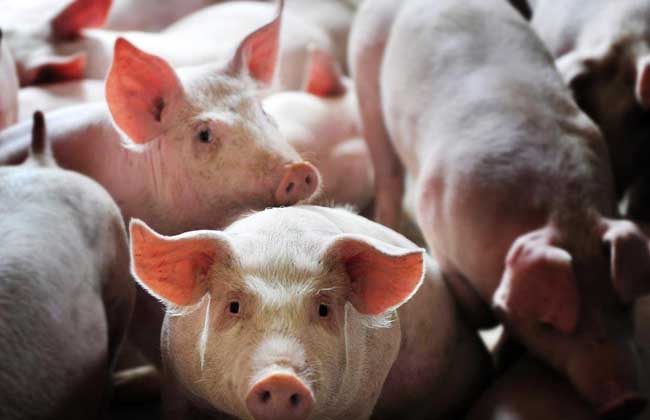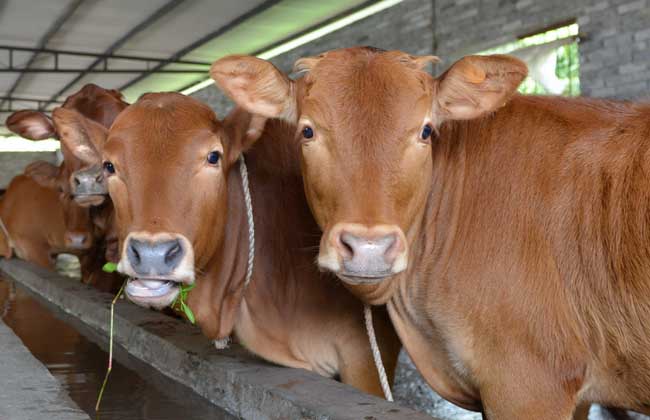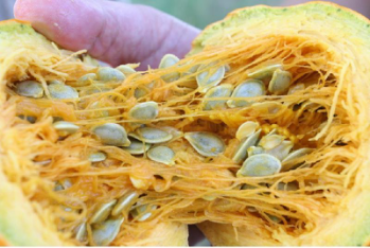Rural pig subsidy policy in 2018

Agricultural subsidies are the most important and commonly used policy tools of a country's government in its agricultural support and protection policy system. Although subsidy policies and preferential agricultural projects are not static, both Document No.1's emphasis on agricultural production and various new policies of pig industry reveal the country's concern for pig industry. Let's take a look at the subsidy policy for rural pig farming in 2018.
2018 Rural Pig Subsidy Policy
1. If the pig breeding scale is more than 3000, the subsidy shall be 800,000 yuan.
2. For pigs with a breeding scale of 2000 to 2999, a subsidy of 600,000 yuan will be given.
3. For pig breeding scale from 1000 to 1999, the subsidy is 400,000 yuan.
4. For pig breeding scale from 500 to 999, the subsidy is 200,000 yuan.
2018 Animal Epidemic Prevention Subsidy Policy
1. Subsidy policy for compulsory immunization vaccine against major animal diseases: The state implements compulsory immunization policy for animal diseases such as highly pathogenic avian influenza, foot and mouth disease, highly pathogenic swine blue ear disease, swine fever and small ruminant epidemic. For compulsory immunization vaccines against the above-mentioned major animal diseases, farms (households) do not have to pay vaccine fees.
2. Subsidy policy for compulsory culling of animal diseases: The state shall implement compulsory culling of animals and animals of the same group infected with highly pathogenic avian influenza, foot and mouth disease, highly pathogenic swine blue ear disease and small ruminant disease, and cows positive for brucellosis and tuberculosis, and subsidize the losses caused to farmers by culling livestock and poultry due to the above diseases.
3. Subsidy policy for harmless treatment of sick and dead pigs in breeding links: 80 yuan per pig shall be subsidized for harmless treatment of sick and dead pigs in breeding links, which shall be shared by the central and local finance departments.
4. Subsidy policy for harmless treatment of diseased pigs in pig slaughtering link: subsidize the loss of diseased pigs and harmless treatment expenses in slaughtering link. The financial subsidy standard for loss of diseased pigs is 800 yuan per pig, and the harmless treatment standard is 80 yuan per pig.
2018 Pig Breeding Subsidy Policy
1. Improved seed engineering project: The improved seed engineering project belongs to one of the key projects and policies proposed in the Plan. The project plan highlights the four links of "breeding, conservation, testing and breeding", strives to improve breeding innovation, germplasm resource protection, variety testing and seed production capacity, and improves infrastructure conditions such as breeding scientific research, production facilities, disease prevention and control, seed industry supervision, etc. In conjunction with the completion of the project, the Ministry of Agriculture plans to implement a seed subsidy policy.
2. Transfer out incentive policy of big county: It has been a period of time since the implementation of incentive fund for pig transfer out of big county. As early as 2010, the Ministry of Finance issued Measures for Management of Incentive Fund for Pig Transfer out of Big County, which was updated and revised in 2012. Pig transfer out of large counties adhere to the principle of "guiding production, multi-adjustment and multi-award, direct dial to counties and special use", mainly based on the county-by-county and year-by-year data publicly released by the statistical system, and reward counties whose statistical data meet the prescribed standards.
3. Standardized breeding project: The standardized breeding project plans to adopt the mode of "reward instead of compensation" in the main pig producing area, support the standardized reconstruction and expansion of moderate scale pig farms, including the transformation of water-saving facilities, material-saving equipment, excrement cleaning facilities, leakage floor, etc., and implement automatic environmental control. At the same time, some provinces are selected to carry out pilot projects to promote financial innovation in supporting agriculture, guide and drive financial capital by means of credit guarantee and discount interest, and enlarge the use effect of financial funds.
4. Pig breeding subsidy: The main purpose of pig breeding subsidy policy is to support the joint breeding of national pig core breeding farms, and to subsidize production performance determination, genetic material exchange, genetic evaluation and big data platform construction. In addition, a special project for genome-wide selection breeding science and technology was set up to support the construction of genome-wide selection breeding reference population, formulate comprehensive selection index for genome breeding, and build a platform for enterprises to carry out genome-wide selection breeding.
5. Pig breeding insurance: The pig breeding insurance policy has been implemented for some time. As early as 2007, the Opinions on Promoting the Development of Pig Production and Stabilizing Market Supply (Guo Fa [2007] No.22) and the Notice on Further Supporting Pig Production and Stabilizing Market Supply (Guo Ban Fa Ming Dian [2007] No.53) were issued, in which a number of policies and measures to promote pig production development were clearly planned, including one "sow policy insurance".
6. Comprehensive Waste Treatment Project: The Plan also pays special attention to green breeding and comprehensive utilization of manure, and proposes to enlarge and strengthen the comprehensive utilization industry of pig waste, and establish a financial subsidy mechanism linked to pork output, comprehensive utilization rate of waste and harmless treatment rate. We will improve the subsidy policy for the production and use of organic fertilizers, continue to implement pilot projects for the resource utilization of livestock and poultry breeding wastes, support the construction of facilities and equipment for the harmless treatment of manure in large-scale farms, and guide the formation of a comprehensive waste utilization mechanism with appropriate scale and combination of agriculture and animal husbandry. Strengthen the construction of harmless treatment facilities for sick and dead pigs, and implement the financial subsidy policy for harmless treatment of sick and dead pigs.
- Prev

2018 subsidy policy for raising cattle in rural areas
2018 subsidy policy for raising cattle in rural areas
- Next

The young farmers go back to the village to start a business and earn 300000 a year by growing new pumpkins.
The young farmers go back to the village to start a business and earn 300000 a year by growing new pumpkins.
Related
- A course of planting techniques and methods on how to grow carrots
- How to plant the latest tulips?
- Is it better to pick tea in the morning or in the afternoon? When is the best time for tea to be picked? what is the third or fifth tea?
- Launch Yuanxiao Happy combination Haocha + Tea Yuan healthy Taste
- Penghu Tourism "Fireworks 20 Parade with You"
- 2022 West Lake Happiness holds "Digital Revitalization Voucher" and draws iphone13 and laptop.
- Banqiao Fuzhou social houses are designed to change start-up combined with police elimination to create a safe and livable environment
- The convenient measure of "mechanical weeding" in Xinbei has been abused and the Agriculture Bureau has imposed heavy penalties on the illegal land consolidation.
- Changgeng University Joins Hands with Four Memory Factories to Rescue Memory Talent Shortage
- The list of Taiwan's top 100 MVP managers is listed by the Director-General of the Farmers' Association of Sanxia District.

